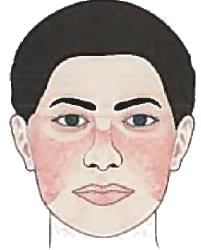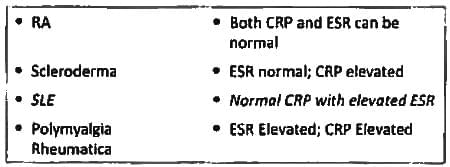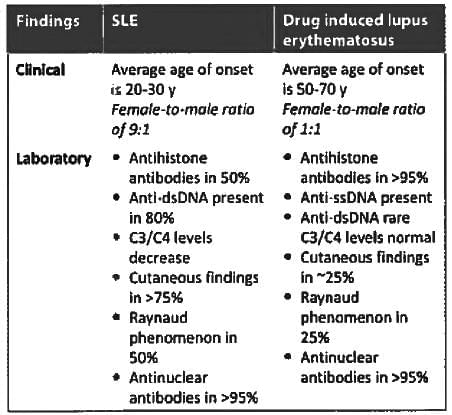Test: SLE - NEET PG MCQ
25 Questions MCQ Test - Test: SLE
A 25-year-old female presents with history of fever and oral ulcers and has developed erythematous lesions on her face. Comment on the diagnosis? (Recent Pattern Jan 2019)


A patient presents with cutaneous vasculitis, glomerulonephritis, and peripheral neuropathy. Which investigation is to be performed next that will help in diagnosing the condition? (Recent Pattern 2018)
A lady presents with joint pain in both knees and low grade fever off and on. On examination she has a rash on sun exposed parts. What is the Clinical diagnosis? (Recent Pattern 2015-16)
Best test for subacute cutaneous lupus Erythematosus: (Recent Pattern 2014-15)
Antinuclear antibodies are seen in all except: (Recent Pattern 2014-15)
A young girl is admitted with joint pains and butterfly rash and positive urine proleinuria. The best test for her diagnosis is? (Recent Pattern 2014-15)
A 33-year-old woman has experienced episodes of fatigue, pleural effusion, pericardial effusion and carpal tunnel syndrome and macrocytic anemia. Best test for diagnosis shall be: (Recent Pattern 2014-15)
Butterfly rash in SLE involves all areas except (Recent Pattern 2014-15)
Lupus anti-coagulant is associated with all except: (Recent Pattern 2014-15)
















